In January, as the cold winter begins to recede, many flowers continue to bloom, offering a warm and vibrant contrast to the chill of the season. Despite the biting cold, the winter sun still shines, and some resilient flowers bloom during this time, bringing a sense of warmth and vitality. Here are ten flowers that typically bloom in January, with their blooming periods extending into the spring.
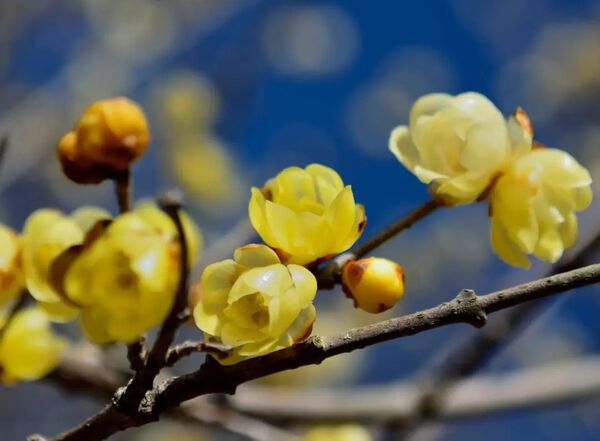
Wintersweet is one of the most iconic flowers of the winter season, with a flowering period lasting several months. Its golden-yellow blooms often open in the cold winter, filling the air with a rich fragrance. Wintersweet’s flowers resemble small, delicate candles, offering a refreshing and elegant touch to the winter landscape.
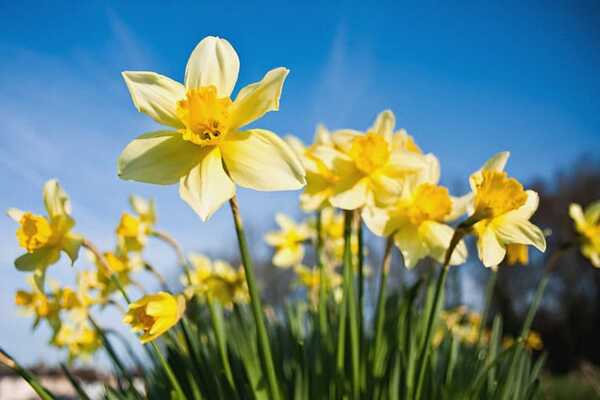
Narcissus flowers often bloom quietly in January, their pure white petals and yellow centers resembling delicate spirits in the snow. Known for their elegance and purity, the fragrance of narcissus flowers adds a fresh note to the cold winter air, becoming a symbol of hope and renewal.
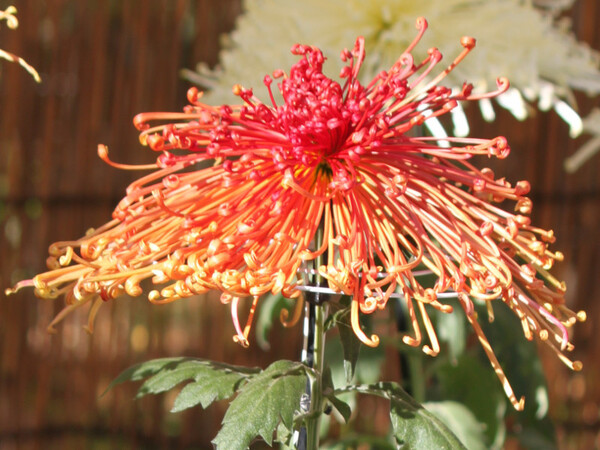
Chrysanthemums are common flowers in late autumn and winter. Their flowering period is long, typically lasting from December through February. Chrysanthemum flowers come in various colors, including yellow, white, and red, and their resilient blooms shine brightly even in the cold winter, symbolizing strength and endurance.
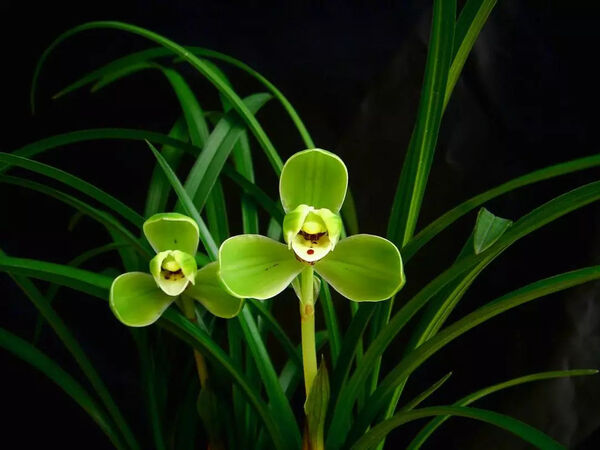
Spring orchids, a type of orchid, typically bloom in late winter and early spring, earning the name "Spring Orchid" due to their flowering period. Their delicate petals come in a range of soft colors like white, pink, and purple. The subtle fragrance of spring orchids is understated yet refreshing, making them a favorite for many flower enthusiasts.
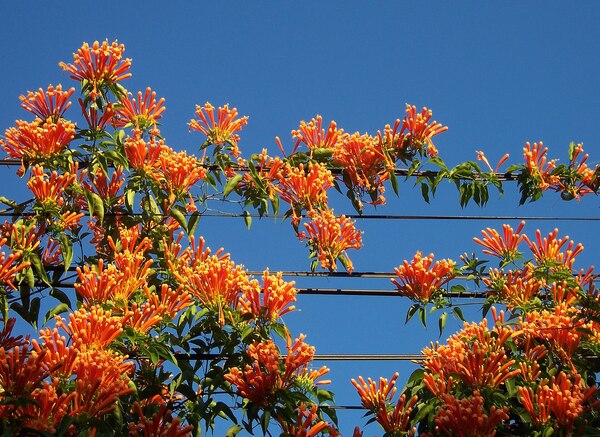
The firecracker flower, also known as the "over-the-river dragon," is a common tropical plant with a flowering period from January to June. The small, vibrant flowers are typically red or orange and resemble a firecracker in shape, giving the plant its name. The colorful blooms bring a lively and bright element to the winter garden.
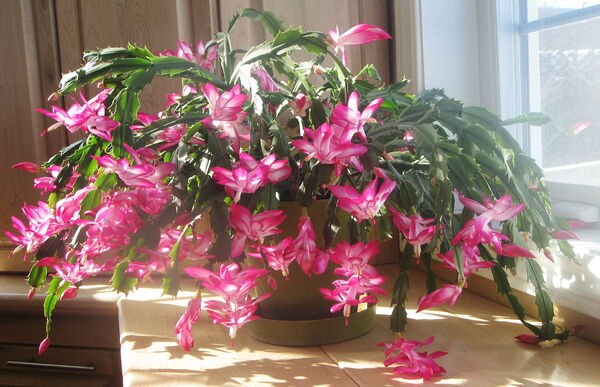
The Christmas cactus is a beloved indoor plant with a long blooming period, typically from October to February. Its unique flowers resemble an open crab’s claw, with colors ranging from red, pink, to white. When it blooms, the Christmas cactus becomes a highlight of the winter season, adding beauty and cheer to indoor spaces.
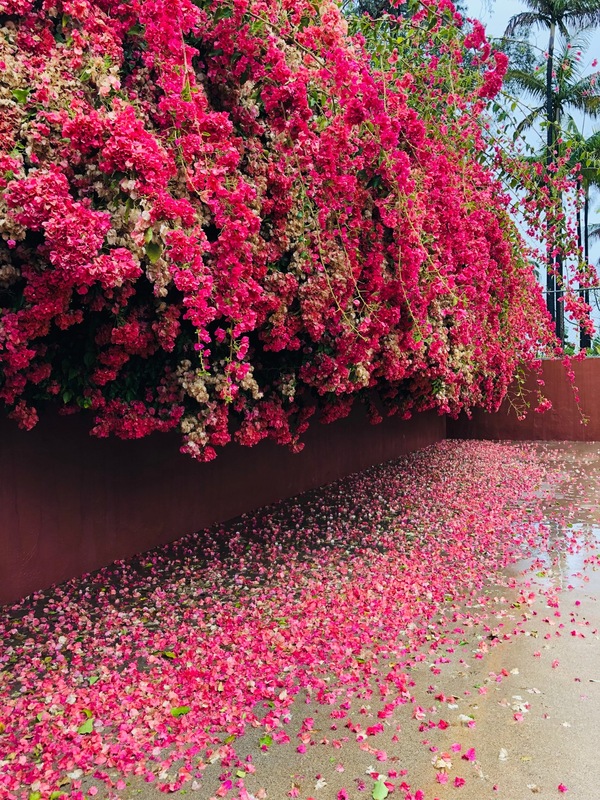
Bougainvillea is an evergreen flowering plant with a long blooming period, from November through June. The vibrant flowers come in a variety of colors, including purple, red, pink, and white, and have a papery texture. The long flowering period extends through both winter and spring, adding a splash of color and warmth to the cooler months.
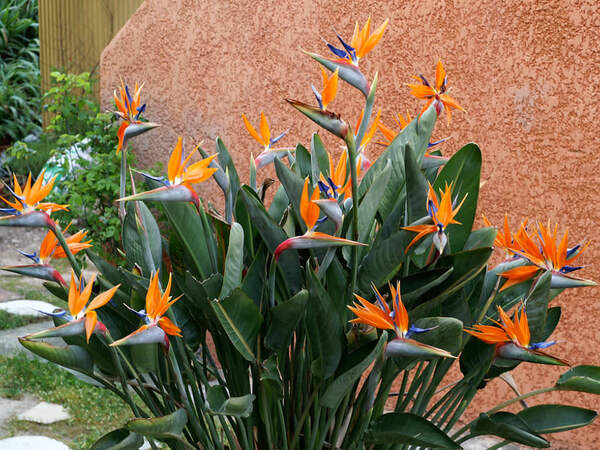
The Bird of Paradise, also known as Strelitzia, is a tropical plant with distinctive, bird-shaped flowers. It typically blooms during the winter months, offering bright orange and yellow hues. The flower’s elegant, bird-like shape makes it a striking presence in any garden or indoor space during the colder months.
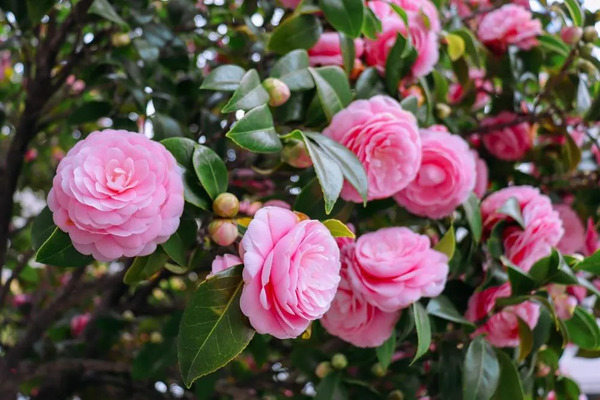
Camellia flowers, also known as mountain tea flowers, bloom from October through May, making them a common sight in late autumn and early spring. Their full, rich blooms come in a variety of colors, from white to deep red, and their timeless elegance makes them a favorite in gardens and floral arrangements.
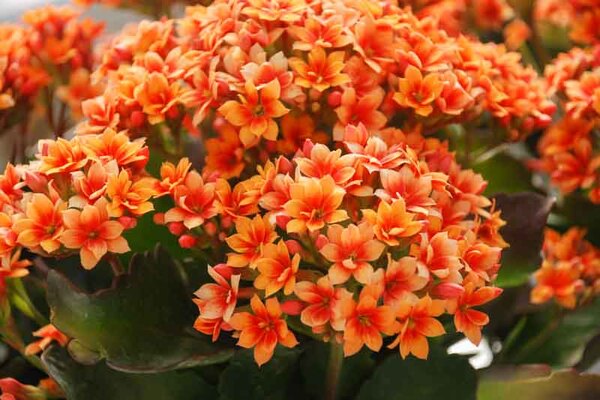
Kalanchoe is a succulent plant with a long flowering period, from December to April. Its small, vibrant flowers bloom in clusters, with colors ranging from red, pink, to orange. The compact flowers and the plant’s resilience make it a popular choice for adding color to winter homes and gardens.
These flowers are a testament to the resilience of nature, blooming during the coldest months of the year and extending into the early spring. Whether it’s the sweet fragrance of wintersweet, the purity of narcissus, the vibrant warmth of bougainvillea, or the elegance of the Bird of Paradise, these flowers bring life and beauty to the winter landscape. Each bloom reminds us that, even in the coldest season, life and vitality continue to thrive.
animal tags:
We created this article in conjunction with AI technology, then made sure it was fact-checked and edited by a Animals Top editor.